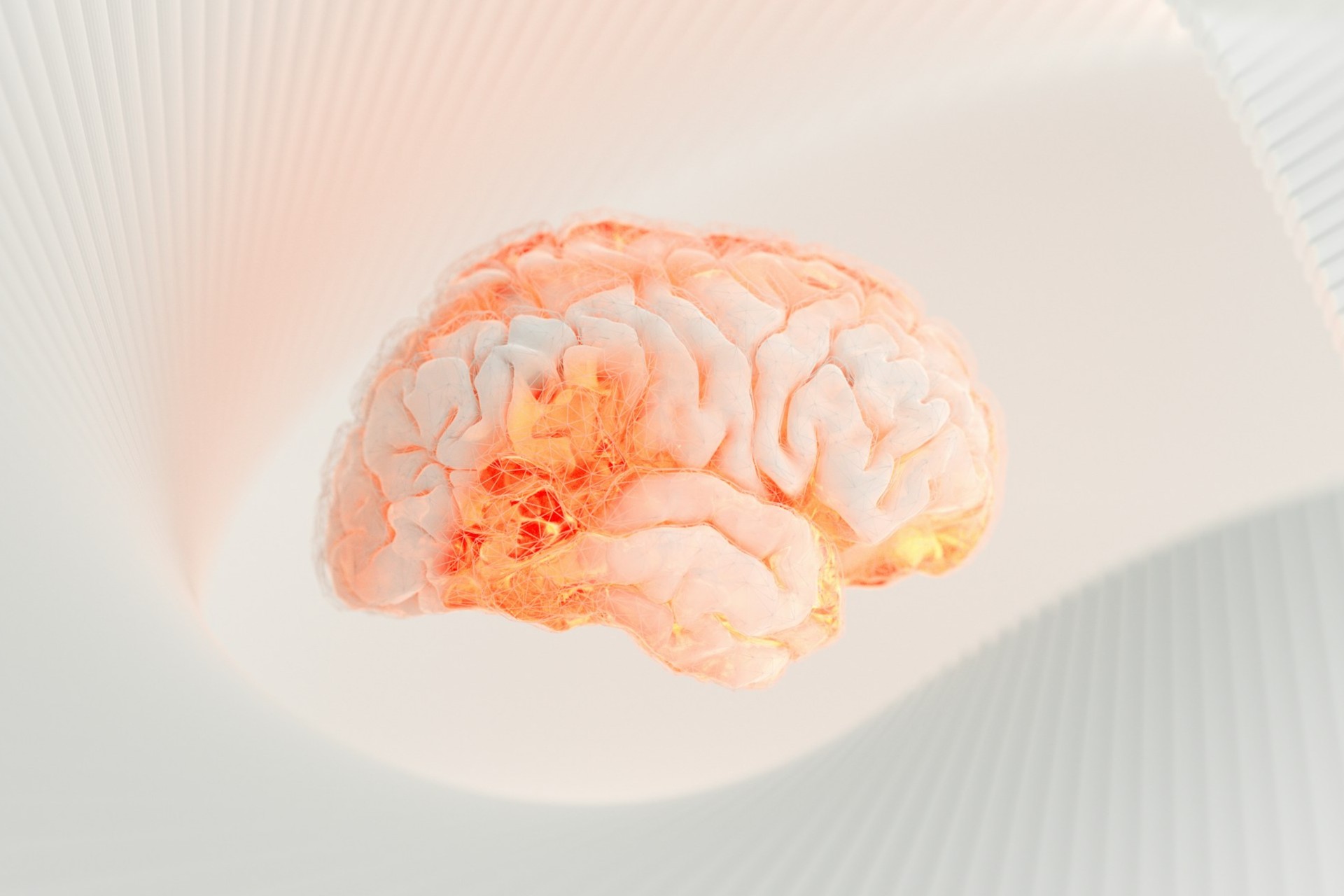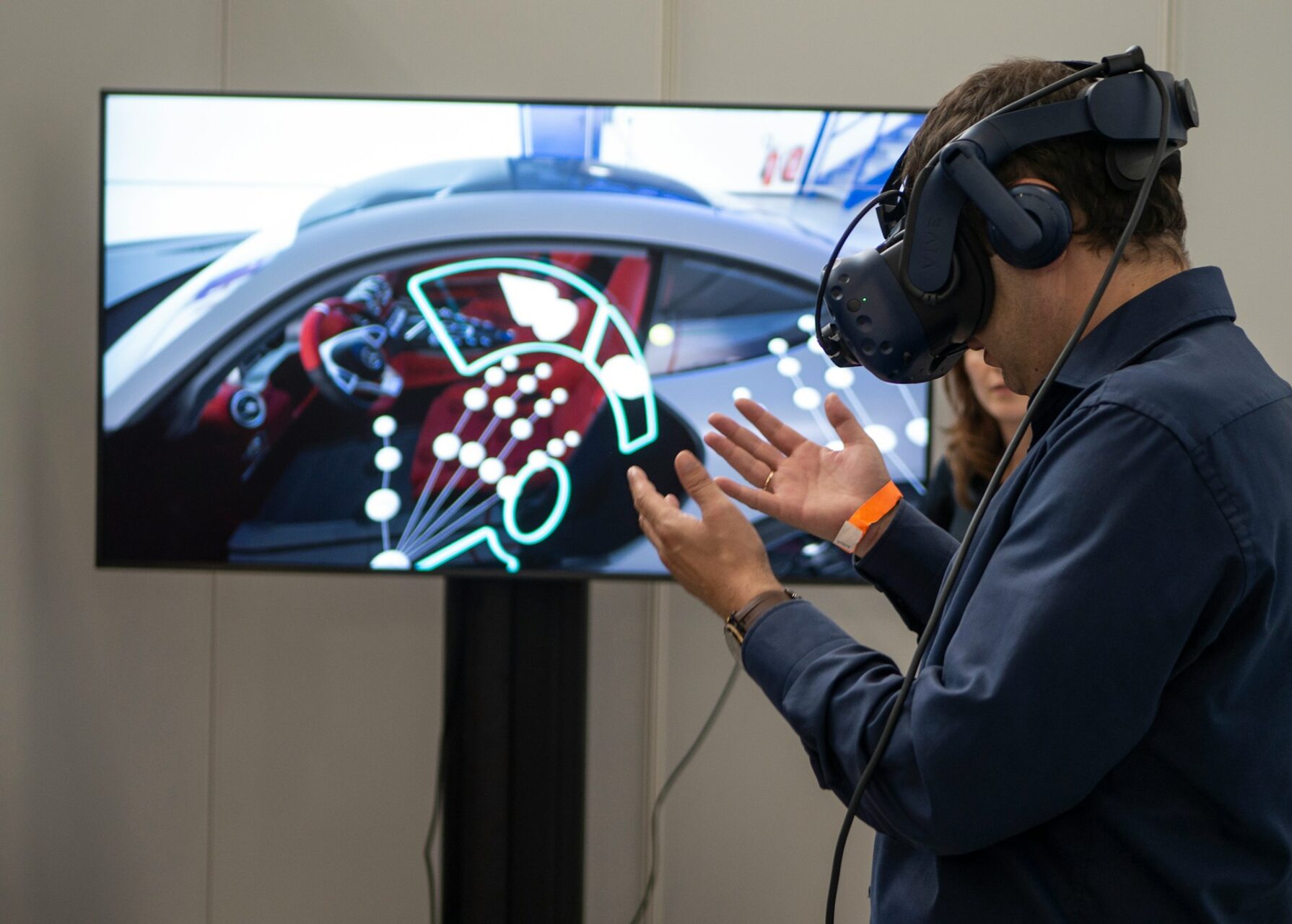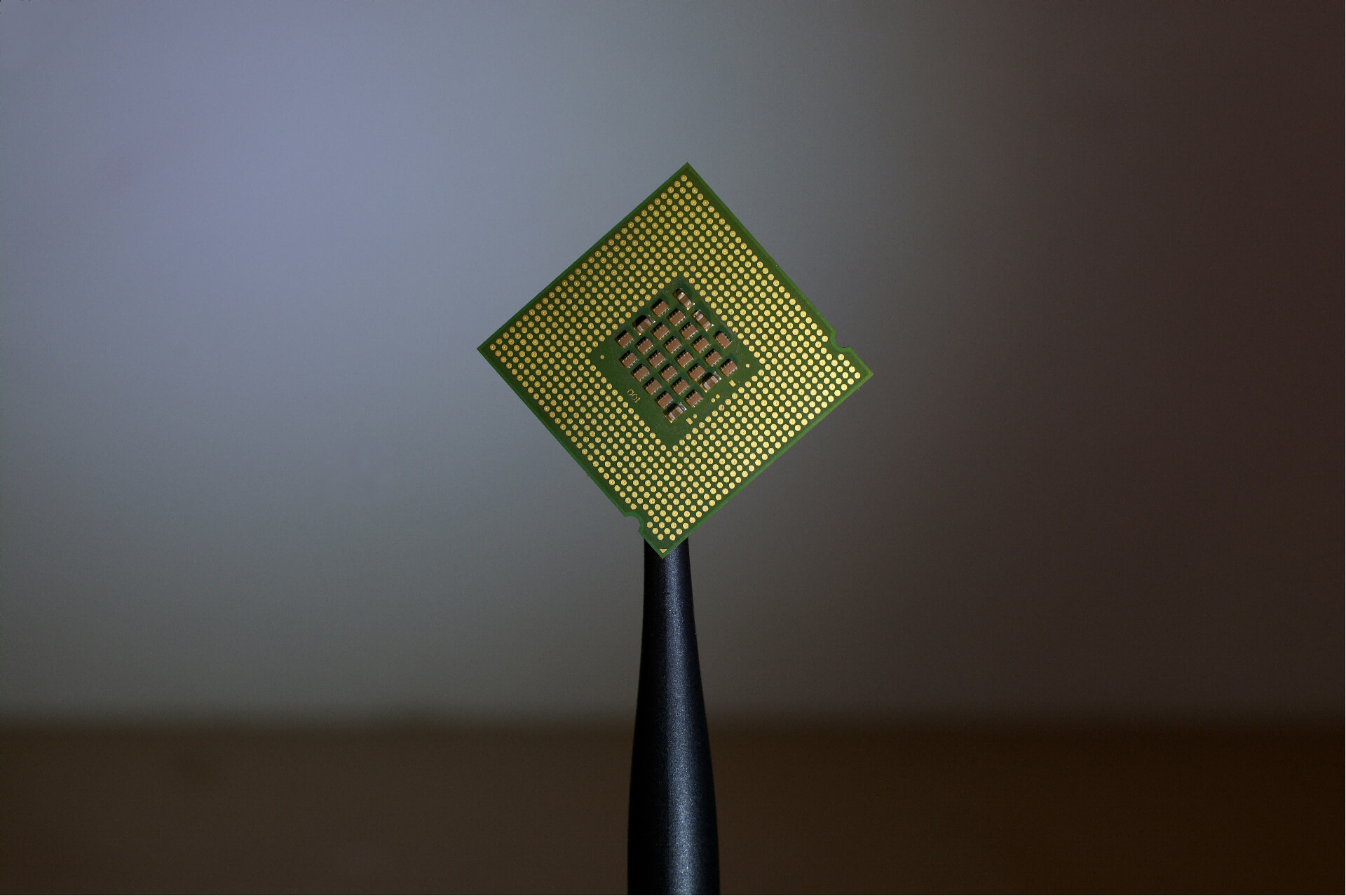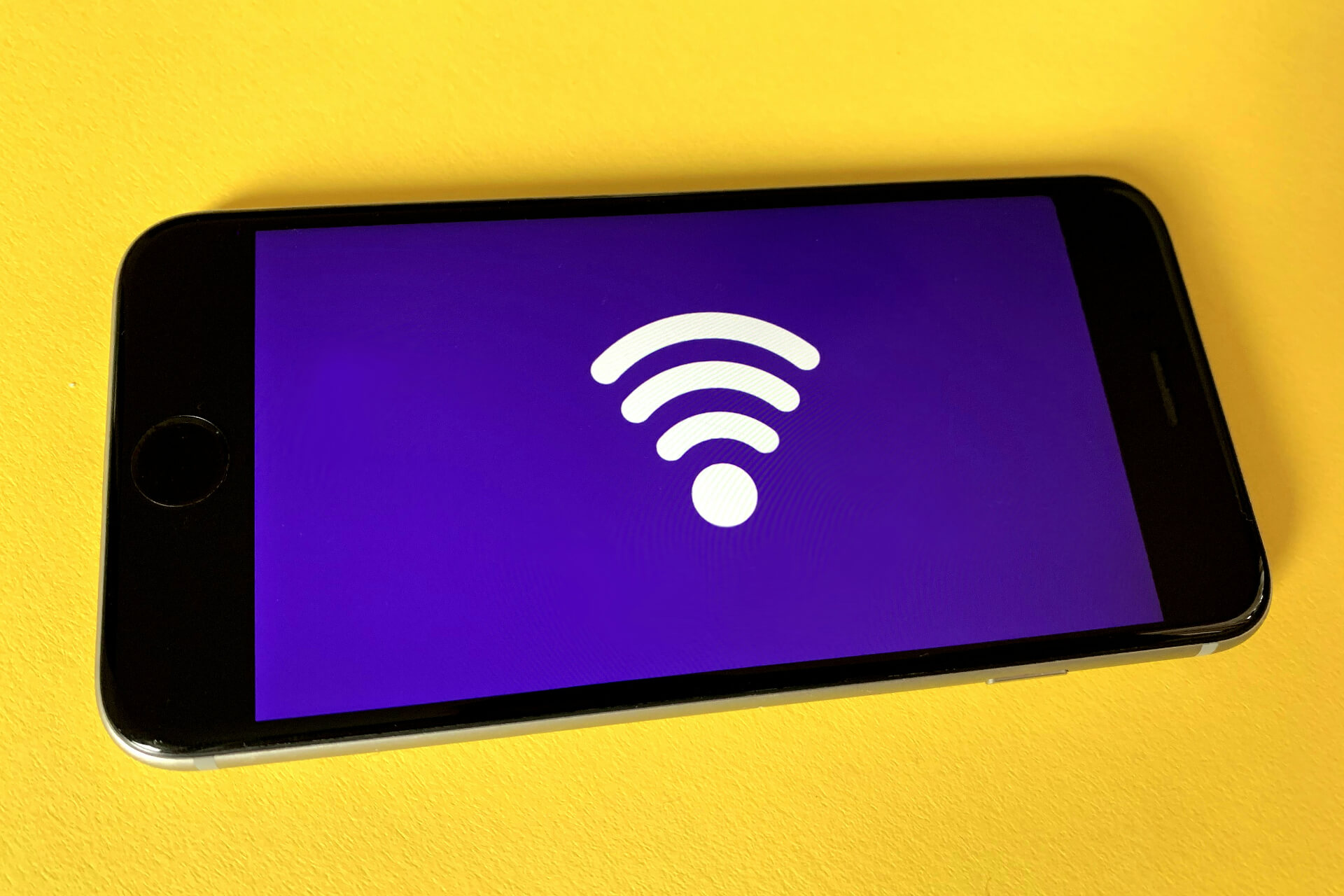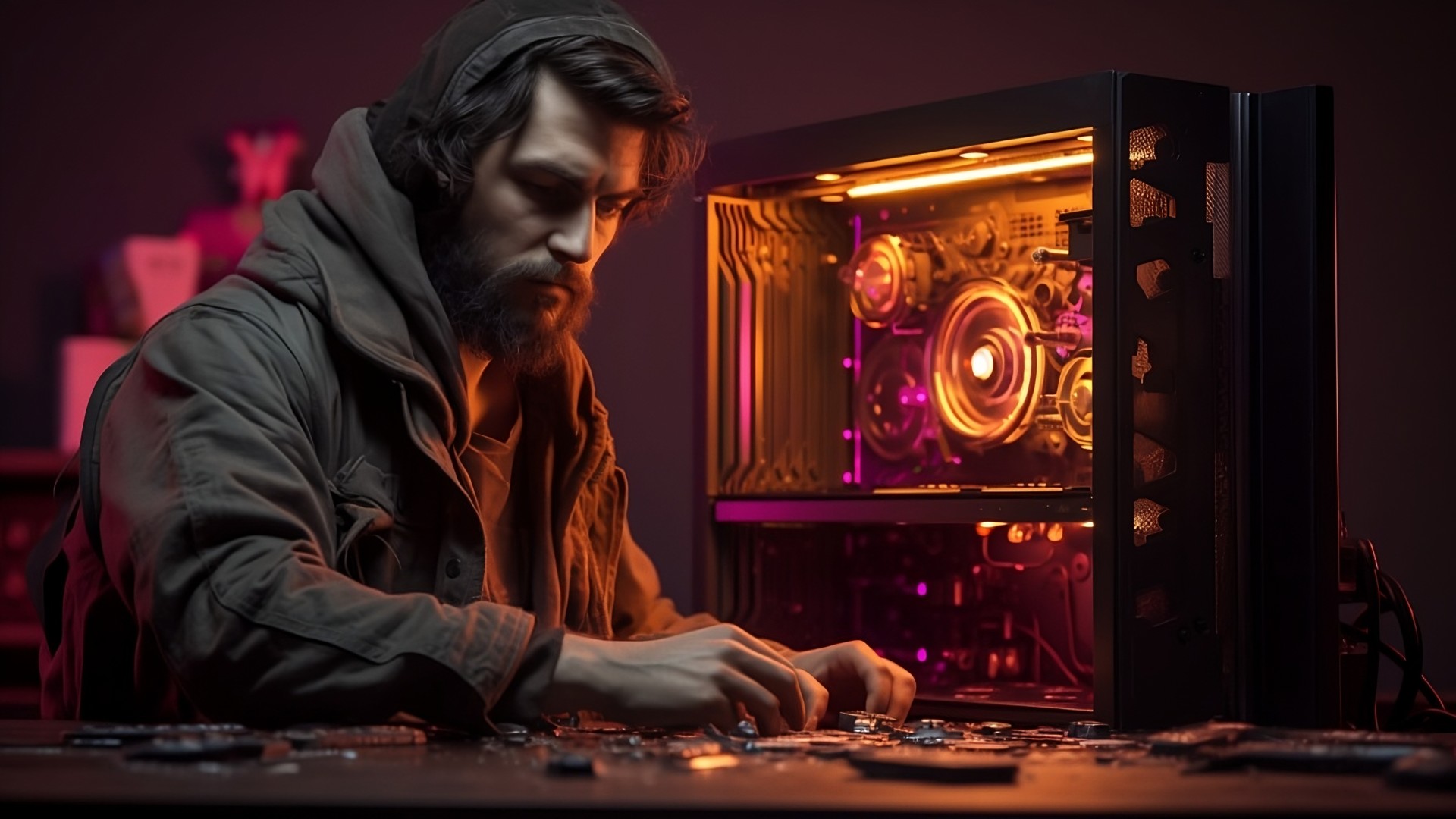
How to Start Building a PC Optimized for Your Gaming Needs
August 5, 2021 - Ellie Gabel
Revolutionized is reader-supported. When you buy through links on our site, we may earn an affiliate commission. Learn more here.
Games are getting more elaborate and detailed every year. And if you’re a PC gamer, upgrading your machine every few years is pretty much necessary if you want to keep up. Building a PC has always been an option, but until recently, it’s something that was relegated to tech enthusiasts, with the average gamer content to work with off-the-shelf models.
If you’ve never built a PC before, where do you need to start?
Write a Budget
Before you start shopping for parts or trying to turn your dream PC into a reality, you need to figure out how much money you have to spend. You can build a mid-range gaming PC for anywhere from $500-$1,000, but if you want a top-of-the-line machine that won’t need replacement or upgrades for at least a few years, expect to pay over $1,000.
It’s important to note that prices will change, so you should always be on the lookout for sales that can make your ideal build a bit more affordable. Most of this budget will go toward getting a graphics card, a motherboard, and a CPU. We’ll include some average prices for each component, so you can get a better idea of how to build the best budget. Because of chip shortages fueled by cryptocurrency miners, you may not be able to find all of these components at their suggested retail price.
Select Your CPU
The CPU is the brain of your computer. Without this little chip to tell the different components how to work together, that computer is an expensive paperweight. Intel and AMD are the two best-known names in the CPU industry. Their best two entries for 2021 are:
- Intel Core i5-11600k: Six cores and overclockable for gaming performance. Requires an LGA 1200 socket.
- AMD Ryzen 9 5950X: 16 cores that work with existing 500-series motherboards. Requires an AM4 socket.
Some higher-end CPUs have been more difficult to obtain because of a surge in cryptocurrency miners, so shoppers may have to wait for restocks to get the parts they need for their machines.
Match CPU to Motherboard
The motherboard and CPU are two peas in a pod and often come as a bundled set, so even inexperienced PC builders can make the most of their shopping spree without worrying about whether or not their parts are compatible.
Choose a motherboard that can support everything you want to get from your machine. You can easily spend several hundreds of dollars on your motherboard alone, but it isn’t always necessary. There are plenty of great options on the market right now, including:
- MSI MPG Z490 Gaming Carbon Wi-Fi: This motherboard has an LGA 1200 socket, making it compatible with the Intel i5 mentioned above. It can also support up to 128 GB of DDR4 RAM and has more than enough space for a high-end GPU or two.
- ASUS ROG Crosshair VIII Dark Hero: An AM4 board to match our Ryzen 9 processor above. Like the MSI board, it can also support up to 128GB of DDR4 RAM. It does not have any onboard video ports, so you’ll need a GPU, but no one games with onboard video, so it’s a moot point unless you need an onboard video for setting up your OS.
Now that you’ve got the core of your machine together, it’s time to start collecting the bits that will make it run.
Collect Enough RAM
Random-Access Memory, or RAM, gives your machine its processing power. The hard drive you choose will also play a role in this, which we’ll discuss in more detail later.
But as a general rule, the more RAM your computer has, the faster it runs. Most modern games require a minimum of 8GB of RAM for basic functionality, but you can and should at least double that if you want to play at more than minimum graphics settings or get higher than 30 FPS (frames per second). For a midline gaming computer, 16GB is the bare minimum, so for the sake of argument, we’re going to double that again.
- Corsair Vengeance LPX 32GB (2 x 16G) DDR4 3600
- Teamgroup T-Force Delta RGB DDR 32GB (2 x 16GB) 3200MHz DDR4
Make sure you’re choosing matched sets of RAM. These sets are tested together and worked in testing. If you mix and match sticks, there’s no guarantee your system will recognize all of them. You could install 64 GB of RAM, and if it’s not a matched set, it may only recognize half or less of it.
Don’t Skip the Graphics Card
If you’re building a gaming PC in 2021, the most challenging piece to get will be the graphics card. Cryptocurrency miners have made these nearly impossible to get by buying up every single card they could get their hands on. You can still find a few, but as new cards hit the market, they tend to be a bit more expensive than previous models.
This will easily be the most expensive part of your gaming PC build. Note: We have these listed at their retail price. The ever-changing marketplace means these may or may not be available when you start shopping for your new machine. A couple of the best options for 2021 include:
- Nvidia GeForce RTX 3060: 12GB of VRAM, and can manage 4k video at more than 60 FPS.
- AMD Radeon RX 6900 XT: 16GB of VRAM and works well with both 4k and 1440p.
If building a PC is essential in the immediate future, you may want to consider opting for a lesser GPU until a better or more affordable option becomes available.
Hard Drives: SSD vs. Optical
You can’t run a PC of any type without a place to store your programs and files. Solid-state drives (SSDs) load faster and last longer than their optical counterparts, but they are also significantly more expensive.
The best budget-friendly setup right now is to install your operating system and your frequently played games on a small solid-state drive and use a larger optical drive for storage. A sample build might include:
- Seagate BarraCuda 120 SSD 500GB Internal Solid State Drive: Perfect for holding your operating system and the games that you want to load up the fastest.
- Seagate BarraCuda 2TB Internal Hard Drive HDD: 2 TB is usually more than enough to suit most needs, but if you need more space, this brand alone can size up to 14TB, and larger ones are available.
This is just one suggestion for setting up your drives. Feel free to experiment with different designs and placements to see what works best for you.
Pick a Power Supply
With all these high-end pieces in place, you need to decide on a power supply that’s capable of keeping them all powered. If you don’t have enough power, your computer could shut off entirely if you try to play a game or run too many programs at once. Be careful when choosing high-end equipment that draws a lot of power. That RTX 3090 video card needs 320 W of power by itself.
Choose the Perfect Case
This step is purely personal. Choose a case that you’ll enjoy looking at but will also fit all the components you need without having to modify the structure. The extra bells and whistles, like RGB lighting, speakers, and other toys, aren’t necessary but help give your case a bit of character.
The one thing you want to look out for is to ensure that you have enough fans to keep your machine cool while you’re gaming the day or night away. And if you want to use the same chassis for many years while upgrading the innards as necessary, select one made primarily from sturdy materials like aluminum and steel.
Accessories for Building a PC
There are a few extra accessories that you might want to consider adding to your PC builds, such as a CD-ROM for those few devices or games that still send out physical CDs, or to watch your old movies, or an SD card reader so you can upload or download videos and image files. These are usually afterthoughts, since we don’t use them nearly as often as we used to.
If you’re planning on adding any accessories or special peripherals, now is the time to pick them up so you can ensure they’re compatible with your build.
Gather Your Supplies and Assemble
This might seem like a lot to take in, but if you’ve made it this far and have all your parts ready, all that’s left to do is assemble your machine. The hardest part of building a gaming PC is finding all the pieces and making sure they’re compatible.
Once you have them together, it’s a big game of plugging Tab A into Slot B. Take your time, read the instructions, and before you know it, you’ll have a PC that will keep you gaming for years to come.
Revolutionized is reader-supported. When you buy through links on our site, we may earn an affiliate commission. Learn more here.
Author
Ellie Gabel
Ellie Gabel is a science writer specializing in astronomy and environmental science and is the Associate Editor of Revolutionized. Ellie's love of science stems from reading Richard Dawkins books and her favorite science magazines as a child, where she fell in love with the experiments included in each edition.
